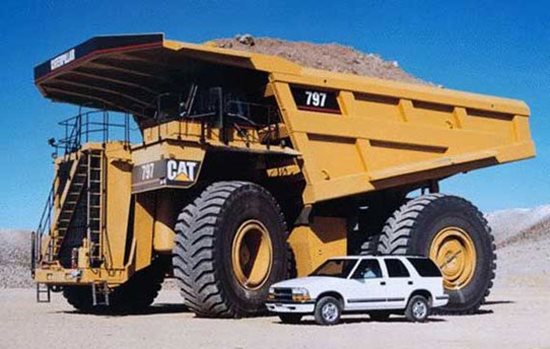
Installing tire pressure monitors was one of the best investments I've made in my operation. I've had a monitor on each of my eighteen tires for the last couple of years or so. I haven't lost a tire due to blow out yet. I've also learned a lot by watching the monitor as the seasons change and how the temperature fluctuations affect tire pressure.
Tire pressure varies 15-20 psi per tire each day as the tires heat up on the pavement and the ambient temperatures affect it. As the cooler fall temperatures arrive, I have been finding that my tire pressure in almost all eighteen tires has been low. I first started noticing this when the nighttime temperatures dropped into the 50s. When I started my truck, my low pressure alarms alerted me to the deficit. I was approximately 10 psi low for each tire which equals 180 psi for the whole unit. That's quite a pressure deficit.
The same thing happens in reverse each spring and summer. The extra air that was added to my tires in the fall and winter, now is considered over-inflation in the warm months. Most people don't check their tire pressure unless they have tire pressure monitors. I doubt anyone guages all eighteen of their tires each day for pre-trip. And hitting a tire with a tire thumper is not going to keep you in that optimal pressure zone.
Check your tire pressure before you hit the road. That will give you an accurate cold reading. Then follow the instructions on the sidewall of your tire to inflate to the proper amount. Most tires require 115-120 psi. Just remember, that may increase to over 130 psi once you get rolling-depending on the load and temperature.